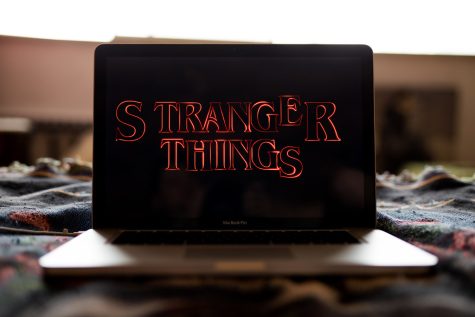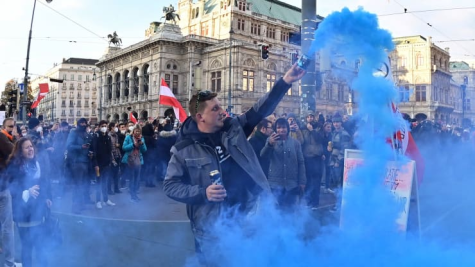Gabby Petito: Has Social Media Gone Too Far?
OPINION

Social media sites played an integral role in the Gabby Petito case. Photo courtesy of Pxfuel.
Gabby Petito, a 22-year old Blue Point native, was reported missing and later found deceased while on a cross-country trip with her boyfriend, Brian Laundrie. The media exploded the case, sparking coverage with major news outlets across the country, as well as uproar on social media platforms such as TikTok and Instagram.
On September 11th, Gabby Petito’s family reported her missing to Suffolk County police after not being able to reach her by phone. Shortly after being reported missing, the crisis spread quickly on social media and on the news. Being that Petito publicly documented most of her travels on Instagram and YouTube, posts pleading for any information on her whereabouts were responsible for much of the momentum the case gained in the media. Reposted images of Petito dominated Instagram stories and TikTok feeds in efforts to spread the word of her disappearance.
When asked what platform made senior Chloe McNamara first aware of the case, she responded, “Instagram.”
McNamara is not the only student who found out about this case from a social media site, as her peer, senior Sarah Friedlander, stated that she first heard of the case on TikTok.
“Being on social media highlighted the situation,” says Sarah Friedlander.
The case of Gabby Petito was covered heavily on all types of social media platforms. TikTok’s “#gabbypetito” has 1.6 billion views as of October 21st. The app was riddled with speculation and conspiracy in regards to both Laundrie and Petitos’s whereabouts. It didn’t vary much from Instagram, where that same hashtag has 20.3k views and countless shares. The case traveled quickly, especially among Long Islanders, who took the case closer to heart.
This begs the question: Was the mass social media coverage helpful or hurtful to the investigation? Friedlander argues it could be dangerous to the case.
“[Brian Laundrie] can obviously get his hands on a cellphone,” says Friedlander.
Access to a cell phone could give Laundrie insight into the investigation, giving him time to escape or plan a defense for himself. His knowledge of where detectives were in his search for him could give him time to run away, which he may not have been able to do if he lacked such access.
The case was prominent on social media, which was somewhat the responsibility of self-declared “detectives” posting conspiracy theories and false facts. The flow of content from ordinary citizens, rather than reliable sources, was overwhelming. McNamara would agree with Friedlander
“People posting leads and videos knowing where he is, or where she is, is dangerous because the criminal has social media,” says McNamara.
From a different perspective, SWR community member Lorraine Liguori would argue that the coverage was helpful to the investigation. Liguori was first made aware of the case from television news, specifically CNN.
“I would think it would be helpful because the more people that saw him, and saw what was going on, they could get him to the police,” says Liguori.
The mass coverage of the case did reap some benefits. The case of Gabby Petito helped to spotlight the almost 90,000 active missing persons cases of 2020, according to the National Crime Information Center.
“The national spotlight on Gabby Petito’s disappearance has given families of other missing persons hope that they too can amplify their stories and find loved ones,” said Marlene Lenthang, a reporter from ABC News.
On the other hand, Petito’s disappearance and passing caused increased conversation of “Missing White Woman Syndrome,” a phrase used by commentators and social scientists in regards to the mass media coverage of attractive white women who go missing. People of Color receive far less media coverage, revealing racial bias in the media and the public; therefore, the Petito case going viral raised concerns of how the media treats missing POC. Specifically, Indigenous women and girls have been ignored by the media; whereas white women in the same situation tend to get top priority from news outlets, social media, and arm-chair detectives, sparking outrage from families of those affected by this bias.
Laundrie’s whereabouts are still unknown. There is speculation that he may have taken his life and many efforts have been made to try and find his location. Petito’s family continues to plead for answers with the hope of justice.
“We kind of forget that someone you really trust can stab you in the back,” said Freidlander.










